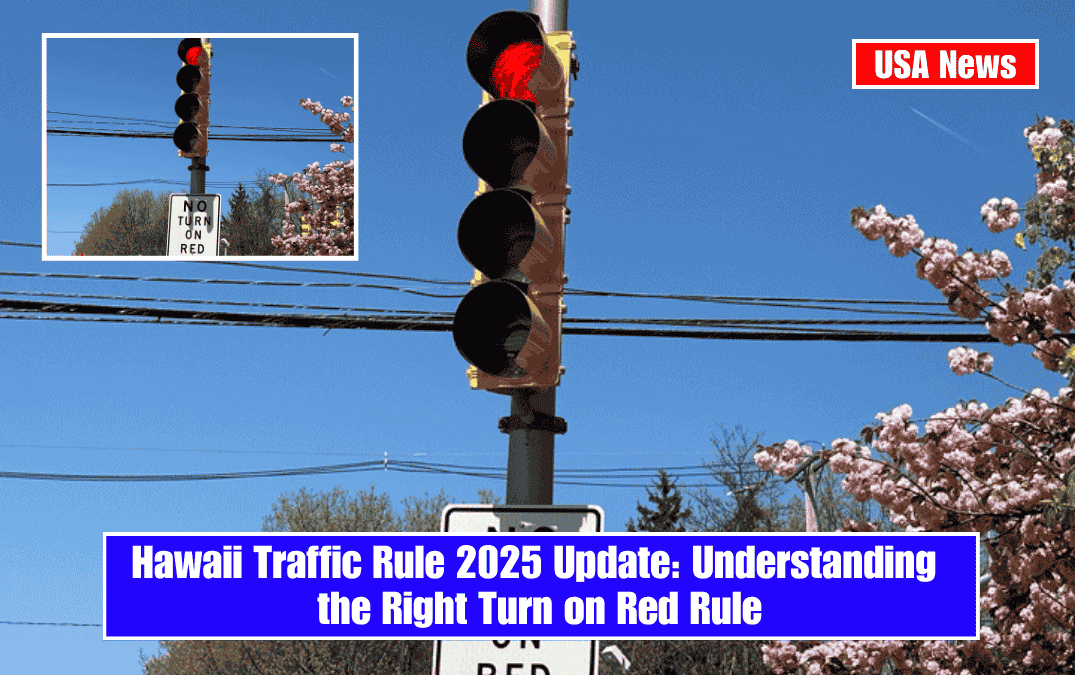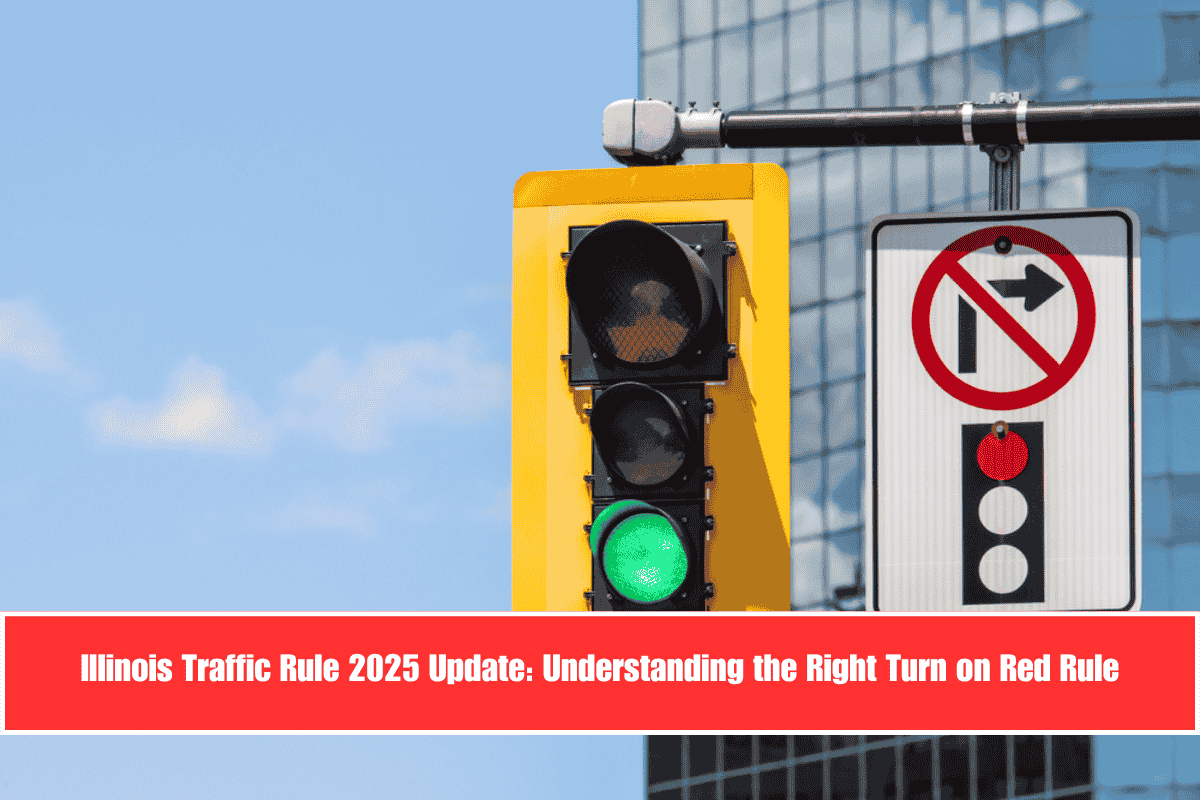Hawaii’s traffic laws regarding right turns on red remain largely consistent in 2025, but with renewed emphasis on pedestrian safety and the authority of local governments to set additional restrictions. Here’s a comprehensive overview of what drivers need to know about making right turns at red lights in Hawaii this year.
General Rule: Right Turn on Red Is Allowed—With Conditions
- Statewide Law: In Hawaii, drivers are generally permitted to make a right turn at a steady red traffic signal after coming to a complete stop, unless a posted sign specifically prohibits it.
- Yielding Requirements: Before turning, drivers must yield the right-of-way to all pedestrians lawfully in the crosswalk and to any other vehicles proceeding through the intersection as directed by the signal.
- Local Authority: Counties and cities in Hawaii are empowered to prohibit right turns on red at specific intersections. If a local ordinance is in effect, a sign must be posted at the intersection to notify drivers that right turns on red are not allowed.
Key Steps for a Legal Right Turn on Red
- Come to a Complete Stop: You must stop at the marked stop line, before the crosswalk, or, if neither is present, before entering the intersection.
- Check for Prohibitive Signs: Look for any signs indicating “No Right Turn on Red.” If present, you must wait for a green signal.
- Yield to Pedestrians: If a pedestrian is in the crosswalk in your direction or about to enter it, you must wait until they have safely crossed before proceeding.
- Yield to Other Traffic: Yield to vehicles already in the intersection or those with the right-of-way.
- Proceed Only When Safe: After ensuring it is safe and legal, you may complete the right turn.
Special Situations and 2025 Updates
- Red Arrow Signals: Right turns on red arrows are also permitted unless a sign prohibits them. The same stop-and-yield rules apply.
- Photo Enforcement: Intersections monitored by photo red light cameras hold the registered owner strictly liable for violations, so compliance is essential.
- Leading Pedestrian Intervals: New initiatives in 2025 are expanding the use of “leading pedestrian intervals,” where the pedestrian “WALK” signal appears several seconds before the green light for vehicles. This gives pedestrians a head start and reinforces their right-of-way, making it even more critical for drivers to check for and yield to pedestrians before turning.
Pedestrian Right-of-Way: A Top Priority
Hawaii law is clear: Drivers must always yield to pedestrians in the crosswalk when making a right turn on red. Even if the crosswalk signal is flashing “DON’T WALK,” if a pedestrian has entered the crosswalk, you must wait until they have safely crossed. Failing to yield can result in citations and, more importantly, endanger lives.
Local Ordinances and Enforcement
Counties and cities may impose stricter rules at certain intersections, particularly in high-traffic or pedestrian-heavy areas. Always be alert for posted signs and changes in traffic signal technology, such as new pedestrian-activated signals or red light cameras.
Summary Table: Right Turn on Red in Hawaii (2025)
| Situation | Is Right Turn on Red Allowed? | Conditions/Exceptions |
|---|---|---|
| No sign prohibiting turn | Yes | Must stop, yield to pedestrians/traffic |
| Sign prohibits right turn on red | No | Wait for green |
| Pedestrian in crosswalk | No | Wait until crosswalk is clear |
| Red arrow signal | Yes (unless sign prohibits) | Same stop and yield rules apply |
| Intersection with photo enforcement | Yes (if not otherwise prohibited) | Strict liability for violations |
| Leading pedestrian interval in use | Yes | Extra caution; pedestrians have head start |
In Hawaii, right turns on red are legal in most situations—but only after a full stop and yielding to pedestrians and other traffic. Always check for posted signs, be extra cautious at intersections with heavy pedestrian activity or new signal technology, and remember that local ordinances may further restrict your ability to turn on red.
The 2025 updates reinforce Hawaii’s commitment to pedestrian safety and clarify that the right turn on red is a privilege, not a right—one that comes with important responsibilities for every driver.
SOURCES:-
[1] https://codes.findlaw.com/hi/division-1-government/hi-rev-st-sect-291c-32/
[2] https://www.hawaiipolice.com/use-caution-at-intersections-04-12-12
[3] https://hidot.hawaii.gov/highways/safe-communites/walkwisehawaii/faq/
[4] https://www.hawaiicounty.gov/Home/Components/News/News/2230/720
[5] https://law.justia.com/codes/hawaii/title-17/chapter-291c/section-291c-32/









